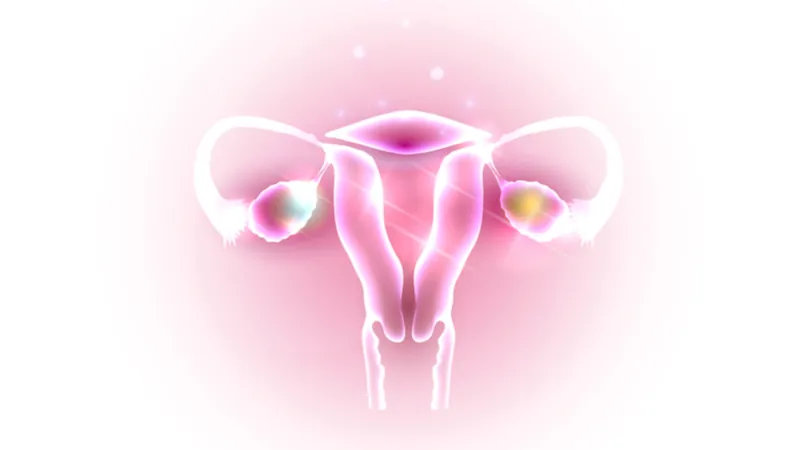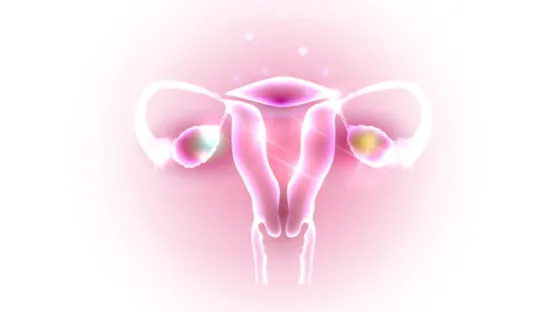Scientists have found that long-term supplementation with NMN, an NAD+ precursor, dramatically slows reproductive aging in mice by improving mitochondrial function and alleviating senescence [1].
Reproductive aging affects women relatively early in life, but like other types of aging, this one has been considered normal until recently, and no serious attempts have been made to counter it. Its manifestations include the decrease in the number and quality of ovarian follicles [2], ovarian atrophy, and altered endocrine function. Hormonal changes associated with ovarian aging are also known to increase the risk of other health problems, including cardiovascular diseases, osteoporosis, and depression. Reproductive aging should also be addressed because of its early onset in chemotherapy and radiotherapy patients [3].
NMN packs a punch
NMN is a precursor to NAD+, an important molecule that facilitates chemical reactions in cells by transporting electrons. NAD+ declines as we age, and this decline is thought to be a major underlying cause of further aging. NAD+ is especially important to mitochondrial health. Since evidence has been piling up that mitochondrial dysfunction may be responsible for ovarian aging, a group of researchers has set out to determine whether long-term supplementation with NMN can slow ovarian aging in mice.
One group of 40-week-old female mice (analogous to 38-40 human years) began receiving NMN in moderate doses, and another was left as a control. The experiment ended when the mice were 60 weeks of age. Additionally, mice of other ages were examined for comparison.
First, the researchers determined that long-term supplementation with NMN causes no discernible toxicity in mice. Moreover, the treatment exhibited broad anti-aging and anti-inflammatory effects, improving tissue structure in several organs (heart, liver, spleen, lungs, kidney, stomach, and intestines).
To study ovarian aging, the researchers began with the estrous cycle, the reproductive cycle that occurs in most female mammals and includes estrus (commonly known as “heat”). Humans, along with some other primate species, have menstrual cycles that lack external signs of ovulation. Reproductive health in female mice is associated with regular estrous cycles, but with age, they become increasingly irregular. By the age of 60 weeks, none of the untreated mice showed any normal estrous cycles, while a third of the treated mice did.
Reproductive aging in females is also accompanied by changes in endocrinal function, particularly by declining estrogen levels. In this study, NMN supplements increased the levels of estrogen dramatically, almost to the peak levels observed in 12-week-old mice.
The big question was, how does NMN treatment affect follicle production? In 40-week-old mice, the number of ovarian follicles dropped substantially from the peak levels observed at 12 weeks. Degradation of ovarian structure was detected as well. According to the authors, “the ovaries of 40-week-old mice entered a state of senescence”.
In the 60-week-old treated mice, the number of follicles in various stages of maturation was several times higher than in their untreated counterparts. Ovarian follicles must undergo these stages in order to release their oocytes into the fallopian tubes. After such a release, a lump of cells called a corpus luteum forms where the follicle was. Full ovarian senescence occurs when no follicles reach the mature state, and no ovulation occurs – which is exactly what the researchers detected in the untreated 60-week-old mice. In contrast, in the 60-week-old treated group, both matured oocytes and a corpus luteum were observed, which led the researchers to believe that those aged mice may have had ovulation.
The usual mechanisms of aging
Since aging is accompanied by increased cellular senescence, the researchers tested for the protein p16, a popular senescence marker. While p16 levels in the ovaries of untreated mice had skyrocketed between the age of 40 and 60 weeks, indicating rapid aging-related senescence, NMN largely alleviated this problem.
To test the dynamics of mitochondrial function, the researchers used the mitochondria-related protein PGC-1α. Between the ages of 40 and 60 weeks, its levels dropped significantly in the untreated mice, revealing increasing mitochondrial disfunction, while in the treatment group, they remained high.
Previous research indicates that NMN increases autophagy – a housekeeping process that allows cells to dispose of various types of cellular junk [4]. A decline in autophagy has been linked to aging. To see if the increase in ovarian function had something to do with autophagy, the researchers analyzed levels of two autophagy markers – the proteins LC3B and LAMP-1 – in the ovaries, and sure enough, these levels were higher in the treated 60-week-old mice.
Conclusion
Reproductive aging is being increasingly recognized as a therapeutic target. This study supports the hypothesis that ovarian aging is driven by some of the same mechanisms as in other organs (cellular senescence, decreased mitochondrial function, and autophagy) and might react to treatments that are already known to alleviate those aspects of aging. Like some other recent studies, this one shows that long-term supplementation with NAD+ precursors works better than short-term administration.
Literature
[1] Huang, P., Zhou, Y., Tang, W., Ren, C., Jiang, A., Wang, X., … & Gong, A. (2022). Long-term treatment of Nicotinamide mononucleotide improved age-related diminished ovary reserve through enhancing the mitophagy level of granulosa cells in mice. The Journal of Nutritional Biochemistry, 101, 108911.
[2] Vollenhoven, B., & Hunt, S. (2018). Ovarian ageing and the impact on female fertility. F1000Research, 7.
[3] Letourneau, J., Chan, S. W., & Rosen, M. P. (2013, November). Accelerating ovarian age: cancer treatment in the premenopausal woman. In Seminars in reproductive medicine (Vol. 31, No. 06, pp. 462-468). Thieme Medical Publishers.
[4] Yamamoto, T., Byun, J., Zhai, P., Ikeda, Y., Oka, S., & Sadoshima, J. (2014). Nicotinamide mononucleotide, an intermediate of NAD+ synthesis, protects the heart from ischemia and reperfusion. PloS one, 9(6), e98972.




